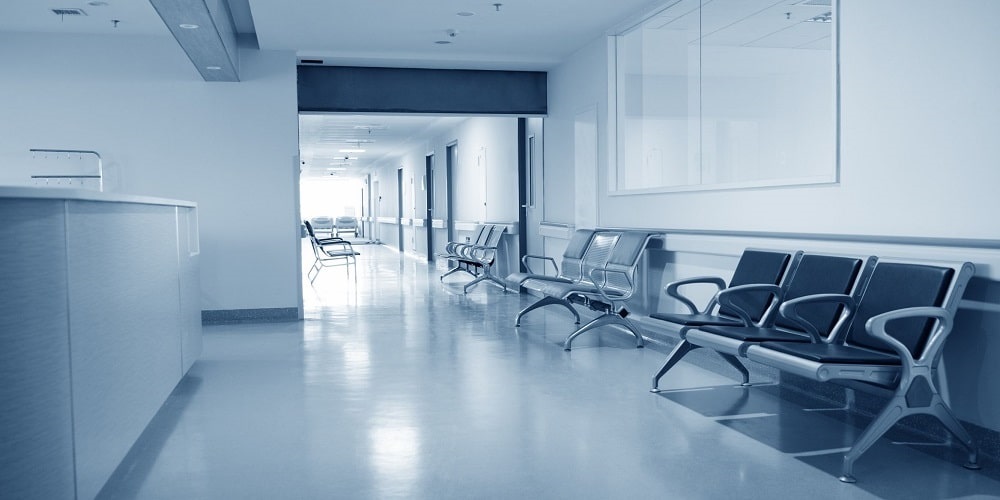
When scheduled patients fail to show up for their exam, they cause an interruption in the scheduling process, which creates inefficiency in the delivery system. If schedulers are able to fill the open time slot with another patient, the problem is limited to the inefficiencies created by extra work. If the open time slot cannot be filled, the no-show costs the facility a revenue opportunity. Healthcare facilities must put measures in place to control no-shows in order to allow the delivery system to realize process efficiencies and minimize missed revenue opportunities.
In an attempt to control no-show activity, facilities often implement measures such as patient pre-exam notification or overbooking patients. Pre-exam notification, often in the form of a phone call, mailer or email, reminds the patient they have an exam scheduled. At the same time it increases the chance that the facility will get advance notice that a patient may miss a scheduled exam. Overbooking is an attempt to address the statistical certainty that some patients will not show up for their exam by booking more patients into the schedule than the facility has time slots.
While measures such as the ones mentioned above can somewhat control patient no-show consequences, they do not add efficiencies to the overall patient flow. In fact, these measures can create non-value-added quality check steps to the process or create bottleneck issues with patient flow, when actually the root causes for no-show activity have not been clearly identified.
Utilizing Simple Six Sigma Tools
Simple Six Sigma tools and methodologies can be utilized to help healthcare facilities understand the root causes of the no-show problem and identify the most effective measures to control or eliminate the issues causing patient no-shows. By putting measurement systems in place to collect data on the potential causes of patient no-show activity, the facility can begin to identify the critical factors affecting the no-show rate. Basic quality tools such as a Pareto chart, cause-and-effect diagram and check sheets can be used to sort through the “potential causes” list to evaluate the frequency of specific reasons patients fail to show up for their exams. This in turn will help the facility focus on the vital few causes (critical factors). By setting both a target and a specification limit for acceptable no-show rates, the facility can then begin to look at the process and identify where the critical factors are occurring.
Understanding Root Causes Is the Key
Understanding the root causes is the key to identifying solutions that control patient no-show rates to acceptable levels. Through the analysis and application of Six Sigma tools, issues may come to the surface that might otherwise not have been considered as having an effect on the no-show rate, and some intuitive responses may be proven invalid. While each institution must let its own data lead it to the one solution or combination of solutions that will work best for it, here are some examples of areas that may impact the no-show rate and require appropriate actions:
- Patient transportation capabilities (public transportation, parking fees)
- Patient child care needs
- Demographics of patients not arriving for exams
- Patient co-pay concerns
- Scheduling errors (double scheduled, cancellation)
- Excessive backlog
- Time of day
Action Plans Based on Root Causes
Any trends noted in these or any other areas that present during data collection would be candidates for further investigation by the facility working to solve this problem. Specific action plans can be developed for correcting the root causes creating most of the defects in the process. Action plans based on the root cause trends could include:
- Schedule according to public transportation availability, waive parking fees, provide taxi vouchers, etc.
- Address unique payment arrangements for co-pays
- Provide timely/convenient scheduling, next-day service. Adjust schedule to cover peak hours of no-show activity
- Work with referring MDs with a high rate of no-show clients to insure the office is not double-booking, office is informing patient of exam date/time, etc.
Once the action plans have been implemented, re-measuring the no-show rate will prove the effectiveness of the strategy. Additional action steps can be taken as needed. Ongoing monitoring will help the facility measure how well the process remains in control and if the improved results are sustainable.
Reaping the Benefits
Institutions that use a data-driven methodology to identify and control root causes of no-show activity are better able to discover untapped efficiency and predictability in their exam delivery systems. As efficiencies are realized through control of the root causes, additional activity such as the previously mentioned pre-exam notification will serve to enhance the predictability of the delivery system. Specific scripting of this pre-exam communication can provide the facility with necessary details to expedite the exam process, thus adding additional efficiencies to the process. Understanding, controlling and eliminating root causes of no-show activity allow healthcare facilities to gain higher returns from additional activities aimed at improving the efficiency and predictability of exam delivery systems.